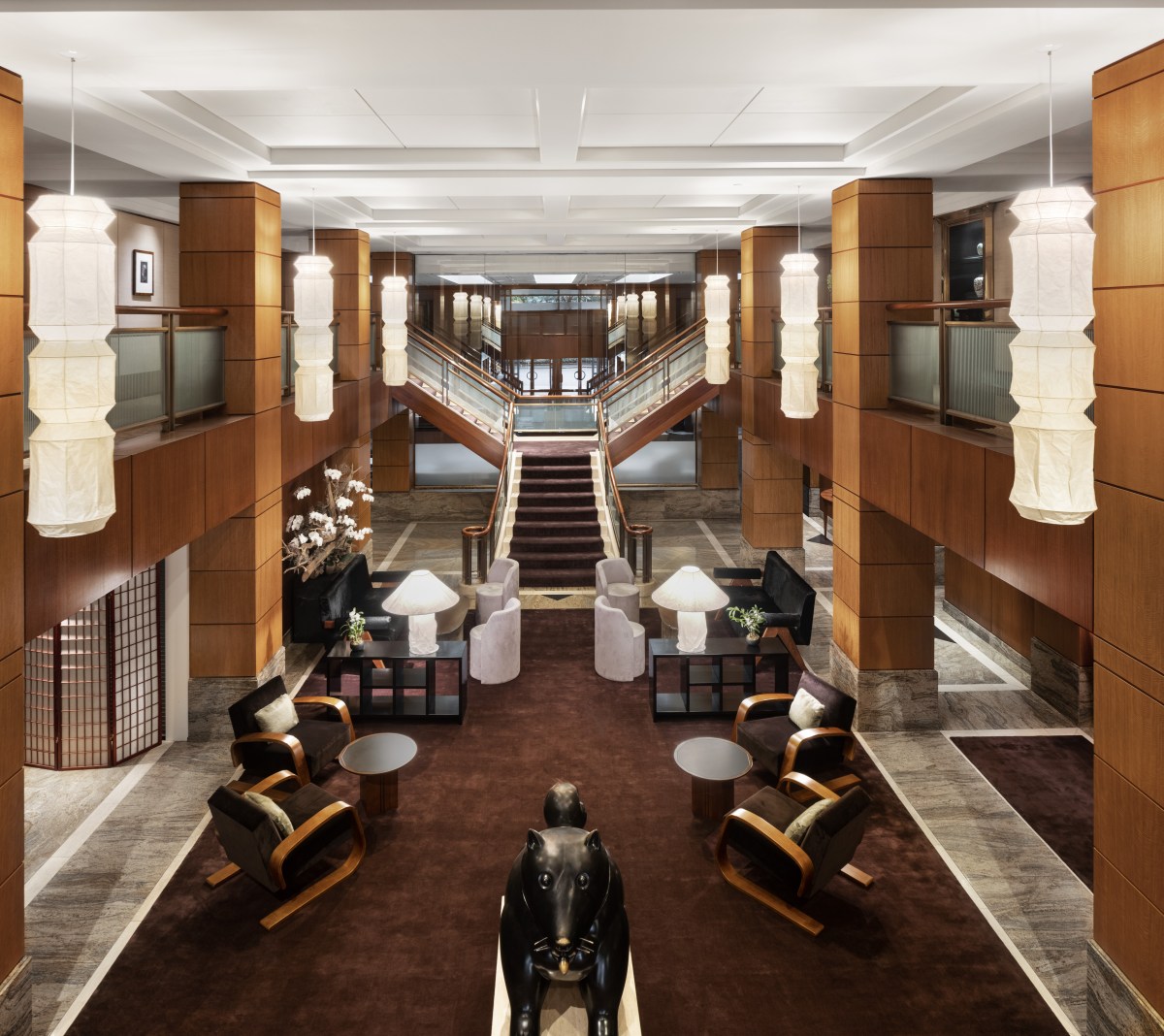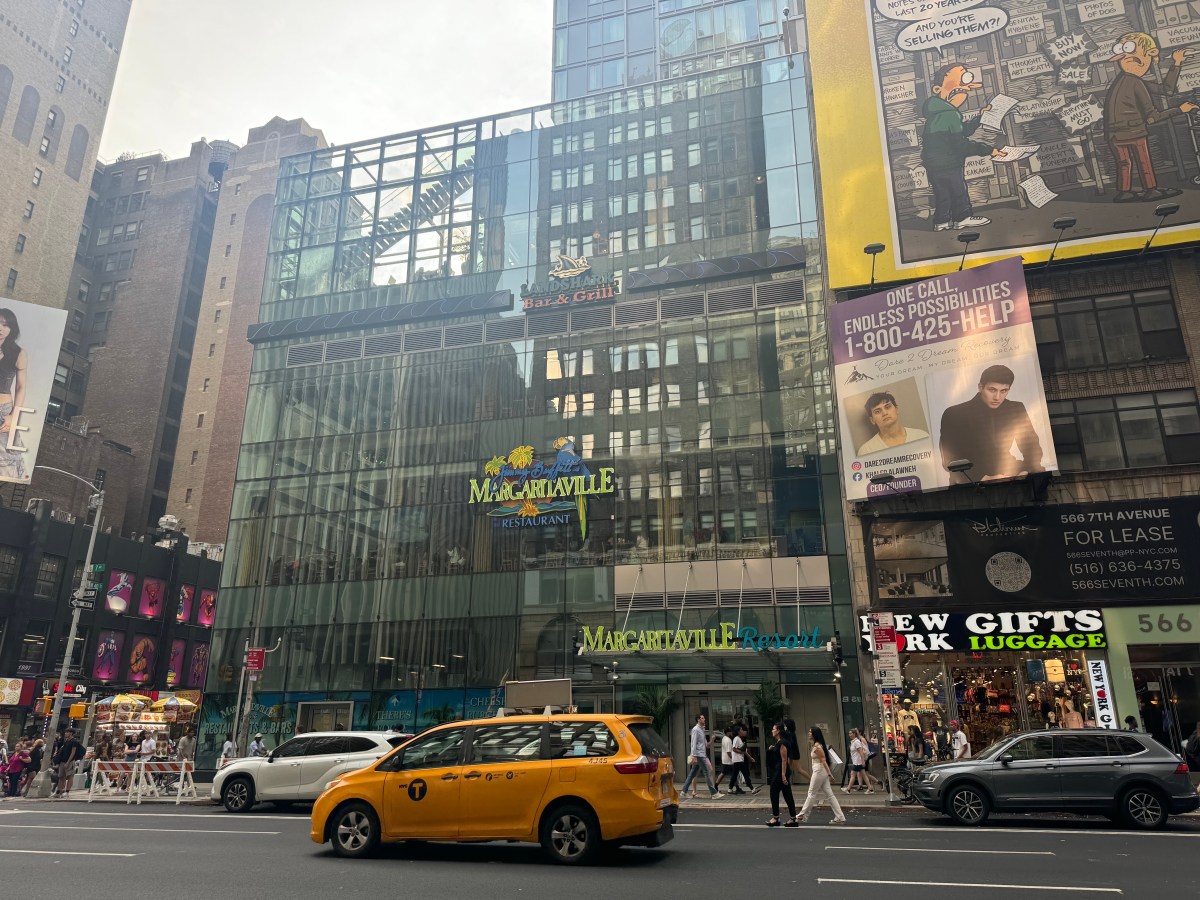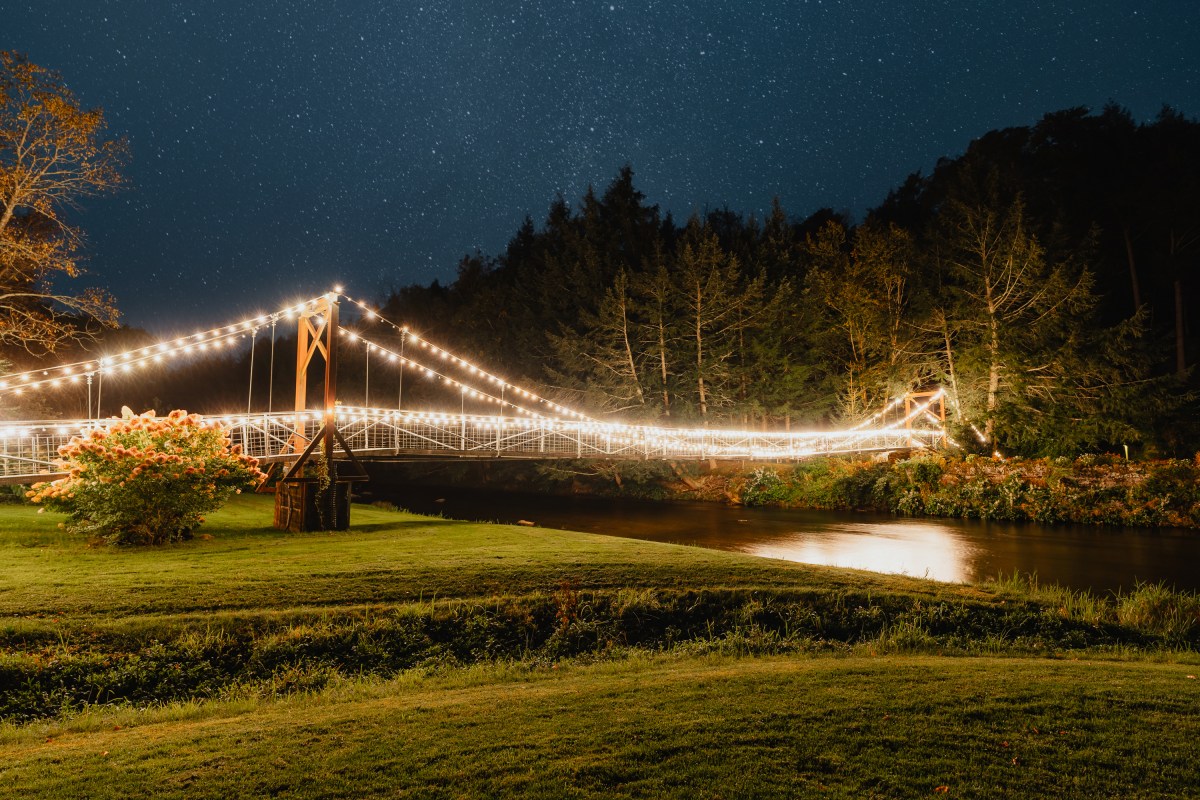Travelers often overlook the Canary Islands, the idyllic, sun-drenched archipelago slung off the African coast. Boasting year-round summer temperatures and miles of unsullied nature, the Canaries deserve a spot on any Spanish itinerary—provided you know where to go. Head to Gran Canaria or Tenerife, and you risk being overwhelmed by hordes of tourists; opt for a tiny island like El Hierro or La Palma, and boredom might set in after a few days. Thankfully there’s a happy medium in Lanzarote, the easternmost island in the chain whose UNESCO-protected landscapes, well-appointed resorts, and fascinating cultural sites offer stimulation and relaxation in equal measure. Here, all the reasons why Lanzarote should be your next Spanish adventure.
Volcanic Vineyards
In a New York Times survey of Canarian wines, nearly half of the winners hailed from Lanzarote’s La Geria valley, whose black, lunar landscape yields some of the world’s most distinctive volcanic wines. They taste best in situ along the LZ-30 highway: Start your bodega crawl at El Grifo (est. 1775) with local varietals sipped to the backdrop of 18th-century presses and barrels. Then zip up the road to Los Bermejos, a somm favorite, renowned for its smoky listán negro, and finally to La Florida, a mom-and-pop winery that produces the island’s headiest expression of the white grape malvasía.
Artistic Heritage
One of the first things you’ll notice in Lanzarote is the scarcity of man-made eyesores like flashing billboards, sprawling malls, and monstrous resorts. Such is the legacy of the late artist and architect César Manrique, who railed relentlessly against speculators and developers to preserve the island’s geological integrity. Locals will tell you that Lanzarote couldn’t have survived without Manrique and Manrique couldn’t have survived without Lanzarote: The artist’s (woefully underappreciated) masterworks are literally embedded in the island’s landscape. Get a taste of his ingenuity at Tahíche, a Bohemian crash-pad hewn into a volcanic sinkhole, or at the Jardín de Cactus, a veritable amphitheater containing 1,100 species of prickly plants.
Latin-Inflected Cuisine
Compared to the restrained cuisine of mainland Spain, known for minimal spicing and saucing, Canarian food makes no apologies about its pungent flavors. Mojo, a garlicky local condiment spooned over grilled meats and fish, is a fixture on the Canarian table. So are papas arrugadas, “wrinkly potatoes” cooked in salt water until their flesh is dense and buttery.
Volcano-Top Dining
Here’s one for the bucket list: dinner on a volcano. In the heart of Timanfaya National Park, a 19-square-mile expanse of soaring volcanic peaks and jet-black lava fields, sit down to a meal at El Diablo, a glass-enclosed aerie overlooking the Martian landscape. Don’t leave without trying the house specialty, chicken grilled to juicy perfection over a volcanic vent.
Europe’s Only Underwater Museum
Museo Atlántico is the brainchild of Jason deCaires Taylor, a muck-raking artist known for his politically charged exhibits. Inaugurated in 2017, his underwater museum in Playa Blanca (the only of its kind in Europe), operates in tandem with Dive College Lanzarote, a well-regarded scuba diving school. Beyond scuba and snorkeling instruction, Dive College’s guides provide the context you’ll need to fully appreciate the exhibit of more than 300 thought-provoking forms including portrayals of refugees jammed into rickety boats.
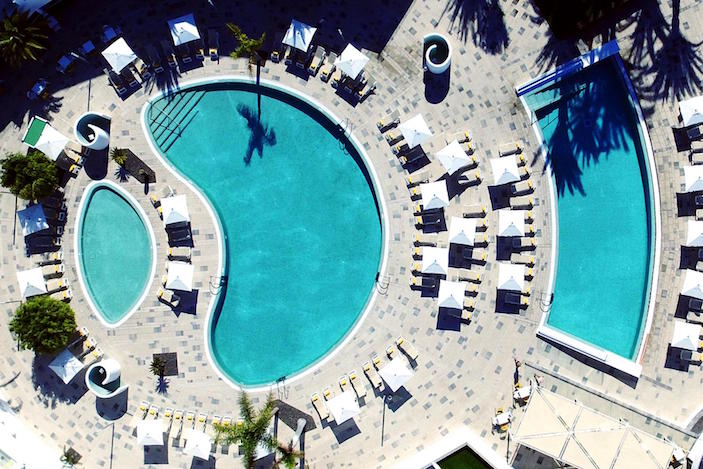
Standout Accommodations
Lanzarote is home to some of the archipelago’s most sought-after hotels. Travelers looking for accessible luxury and all-inclusive pampering should look no further than Iberostar Lanzarote Park, a chic yet unpretentious oceanfront property that reopened last year after major renovations. With separate family-friendly and adults-only areas, the hotel caters to travelers of all ilks. If budget-friendly guest houses are more your speed, book a room at Caserío de Mozaga, an 18th-century homestead in the center of the island whose farm-to-table restaurant is a destination in itself.
Endless Summer
With year-round temperatures that seldom dip below 65 degrees or rise above 80, Lanzarote boasts one of the most temperate climates in the world. Rainy days number around 18 a year, which means that no matter when you go, you’re virtually guaranteed beach weather. Even in the depth of winter, the water is brisk but warm enough for swimming; in August, it rises to an ideal 72 degrees.
Outdoor Activities
Lanzarote has such optimal weather that it can be hard to peel yourself from the poolside chaise longue, but lollygagging all day would be a mistake. Give the rental car a break and lace up your running shoes or hop on a bike to better take in the island’s dramatic scenery. With a healthy mix of hilly bits and flat stretches, a solid workout is inevitable. Complement your terrestrial training with water sports like surfing, kiteboarding, or parasailing (inquire at your hotel for bookings).
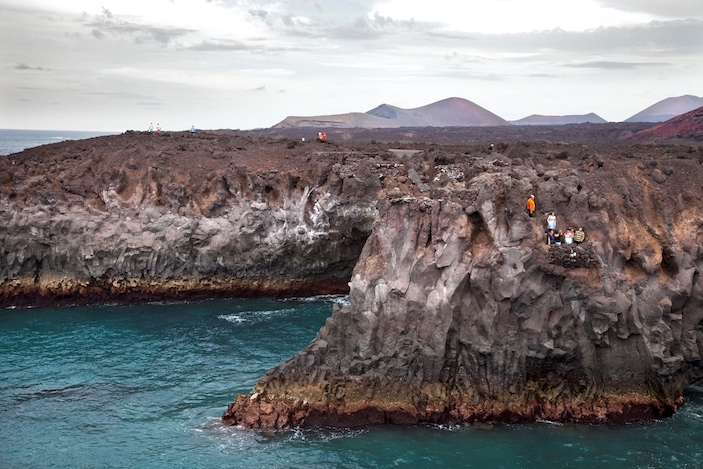
Los Hervideros Caves
Los Hervideros (“the boilers”), situated just west of Timanfaya National Park, are a visitable series of underwater caves produced by 18th-century lava flows. Gaze down toward the surf, which splashes upward like a geyser at high tide, and you can almost imagine the cool waves colliding with rivers of screaming-hot lava—converted, today, into solid black rock.
Pristine Beaches
Lanzarote’s best beaches for sunbathing and bodysurfing are found within the protected area of Los Ajaches, a series of coves and inlets with fine-sand beaches. The most scenic of all is Papagayo, whose occasional rocky pools burst with local fauna like crabs and minnows. Pack your snorkel and mask: Papagayo’s crystal-clear water makes for excellent diving among the shoals of tropical fish.
The ‘Secret’ Island of La Graciosa
La Graciosa, a sandy islet with a population of 700 situated off Lanzarote’s northern coast, is so remote that many Spaniards have never even heard of it. Take the ferry over from Órzola and unplug for the day (or night, if you don’t mind no-frills pensiones), and explore its unpaved streets, scrubby dunes, and virgin beaches.

















